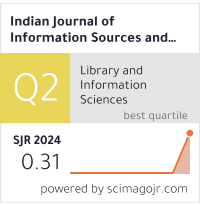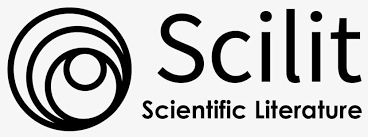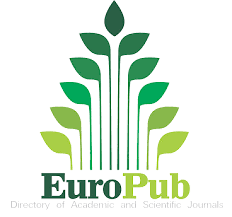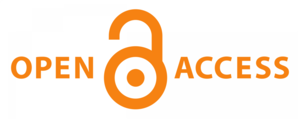Enhancing IT Service Management in Indian IT Organizations: A Technological Integration of ISO 20000 with AI, Blockchain, Predictive Analytics, and Zero Trust Security
DOI:
https://doi.org/10.51983/ijiss-2025.IJISS.15.1.34Keywords:
ISO 20000, IT Service Management (ITSM), Artificial Intelligence (AI) in ITSM, Blockchain for Service Management, Predictive Analytics in IT Operations, Zero Trust Security ArchitectureAbstract
The paper presents the research that describes the impact of implementing ISO 20000 in the Service Management System (SMS) in Indian IT organizations with an innovative approach to enhance its effectiveness based on emerging technologies. ISO 20000 has gained wide recognition for delivering service in an improved manner, improved operational efficiency, and regulatory compliance consciousness, but it is time that artificial intelligence (AI), blockchain technology, and predictive analytics technology find their way into IT service management beyond ordinary standards. Incidents can be resolved with more speed and efficiency, together with AIOps launched, blockchain-predicting Logs for service logs, and provide security and transparency, and Predictive Analytics for resource allocation to avoid service disruption. In addition, the implementation of a zero-trust security architecture is used to enhance data integrity, protect it from potential threats, and strengthen cybersecurity resilience. This study validates the proposed model through a mixed-methods research approach (surveys, case studies, and experimental validation) and shows how the proposed model can benefit Indian IT firms. They indicate huge improvement in terms of service reliability, compliance adherence, and customer satisfaction. Integration of such advanced technological solutions within ISO 20000 will not only provide Indian IT organizations a new yardstick to measure IT service management excellence but also extend the framework of ITSM to a more robust and proactive one.
Downloads
Published
How to Cite
Issue
Section
License
Copyright (c) 2025 The Research Publication

This work is licensed under a Creative Commons Attribution-NonCommercial-NoDerivatives 4.0 International License.









